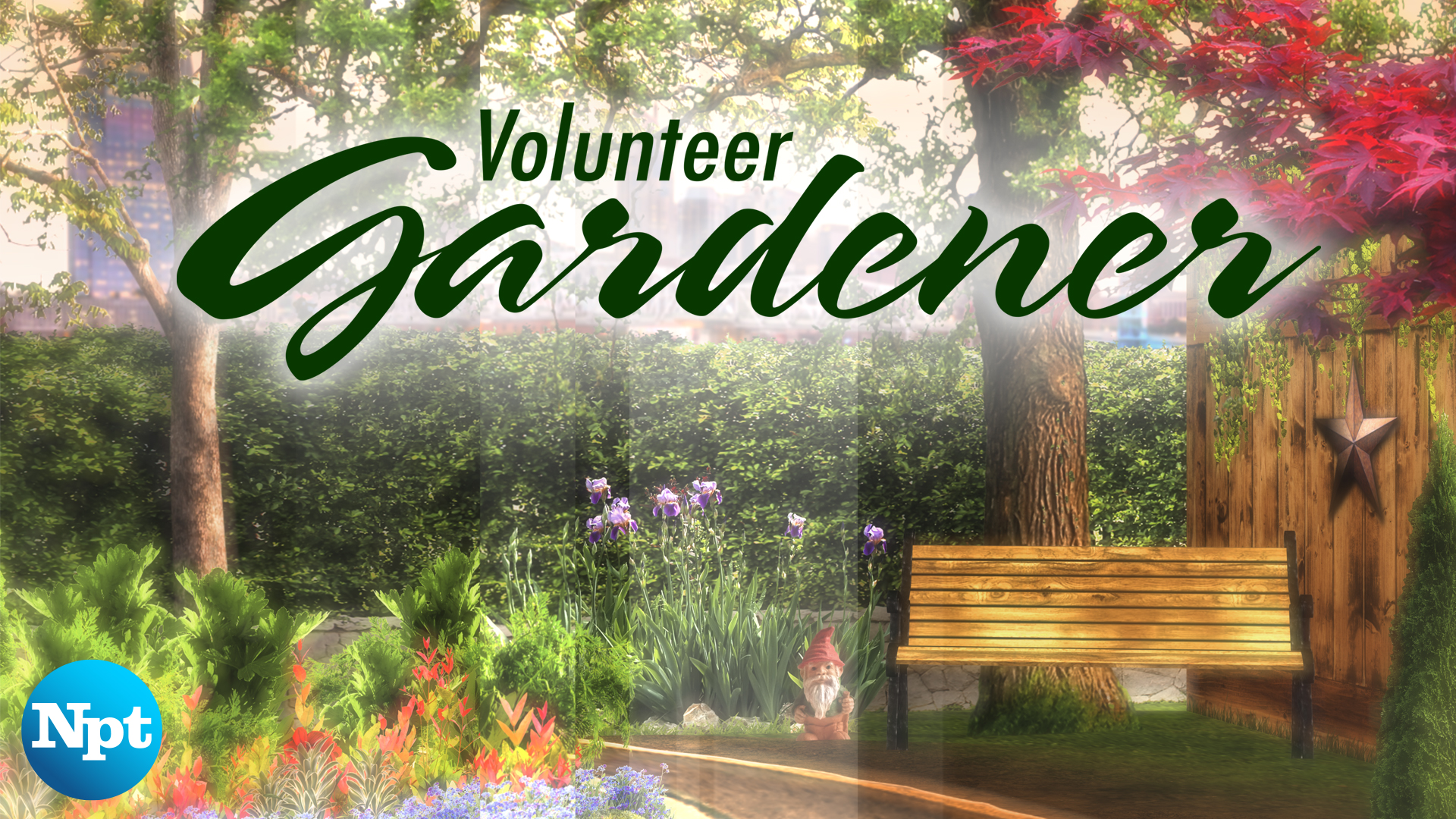Are you tired of mowing? Would you rather grow food and flowers than Bermuda grass? Well, you’re not alone! There are lots of folks out there doing just that. In fact, on my farm I have turned previously bulldozed, hard pan clay into lovely, friable, healthy soil.
This time around I’ll cover several ways to turn your lawn into garden beds.
Rototilling
You can rent or buy a rear-tine tiller and till up your soil, but there are two problems with this method. The first is that if you have Bermuda grass in your lawn, every little piece of grass chewed up by the tiller will now form a new grass plant. Bermuda grass is actually an exotic invasive and is the bane of nearly every home gardener’s existence! The second problem is that many healthy soil organisms are killed and their tiny ecosystems destroyed.
Lasagna gardening
Patricia Lanza coined this phrase in her terrific book by the same name. This technique is all about creating layers of everything plants need to grow and thrive right on top of your lawn. First, place cardboard over the grass, then create layers as you would when making a lasagna (hence the name). Layer compost, straw, bone meal, and other soil amendments; then plant directly into the mix. Over time, nature will combine all the elements you’ve laid down to create wonderful garden soil. Purchasing all the amendments can be a little expensive, but if you’re only starting with a small area, this is an extremely fast and ecologically sound way of creating a garden bed.
Building raised wooden beds
Some people like the tidiness of raised beds, which are lovely and orderly and quite easy to weed eat. However, they can be expensive in terms of lumber as well as the soil needed to fill them. If you go this route, make sure you inoculate any purchased soil with compost as well as native soil to entice all the local soil biology to take up residence in your beds. These beds will also need more water and will tend to be drier than planting directly into the ground.
Occultation This is the process I use on my farm. It has been used widely in Europe for many years. The term refers to the practice of using heavy tarps to block the sun from reaching the grass underneath. This eventually kills the grass but leaves the soil structure intact. It also requires quite a bit more planning because once the grass is killed, you generally follow up with at least one, if not several rounds of cover cropping to build up the soil and further smother any weed seeds that try to germinate. Each successive cover crop is also tarped to raise the level of organic matter in the soil and feed the microbiology present in it. Once the soil is loose and friable, I plant it out and deeply mulch it with a combination of leaves, straw, spoiled hay, and grass clippings. See “after” photo at right.
This is the process I use on my farm. It has been used widely in Europe for many years. The term refers to the practice of using heavy tarps to block the sun from reaching the grass underneath. This eventually kills the grass but leaves the soil structure intact. It also requires quite a bit more planning because once the grass is killed, you generally follow up with at least one, if not several rounds of cover cropping to build up the soil and further smother any weed seeds that try to germinate. Each successive cover crop is also tarped to raise the level of organic matter in the soil and feed the microbiology present in it. Once the soil is loose and friable, I plant it out and deeply mulch it with a combination of leaves, straw, spoiled hay, and grass clippings. See “after” photo at right.
Whatever method you choose, have fun ‒ and happy gardening!

Laura Bigbee-Fott is a Davidson County Master Gardener. She owns Whites Creek Flower Farm and runs a floral event and wedding design business called Everything Blooms.
